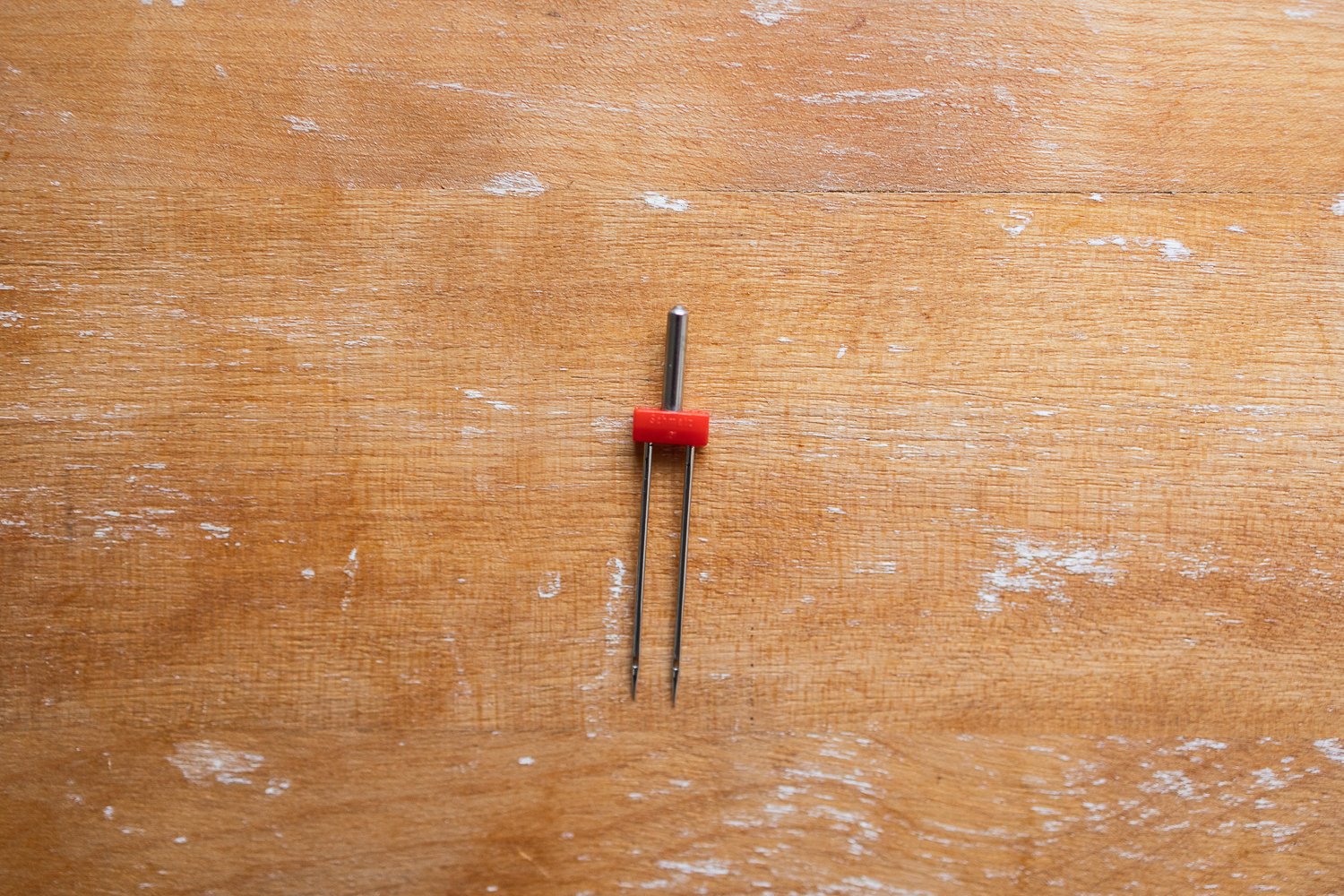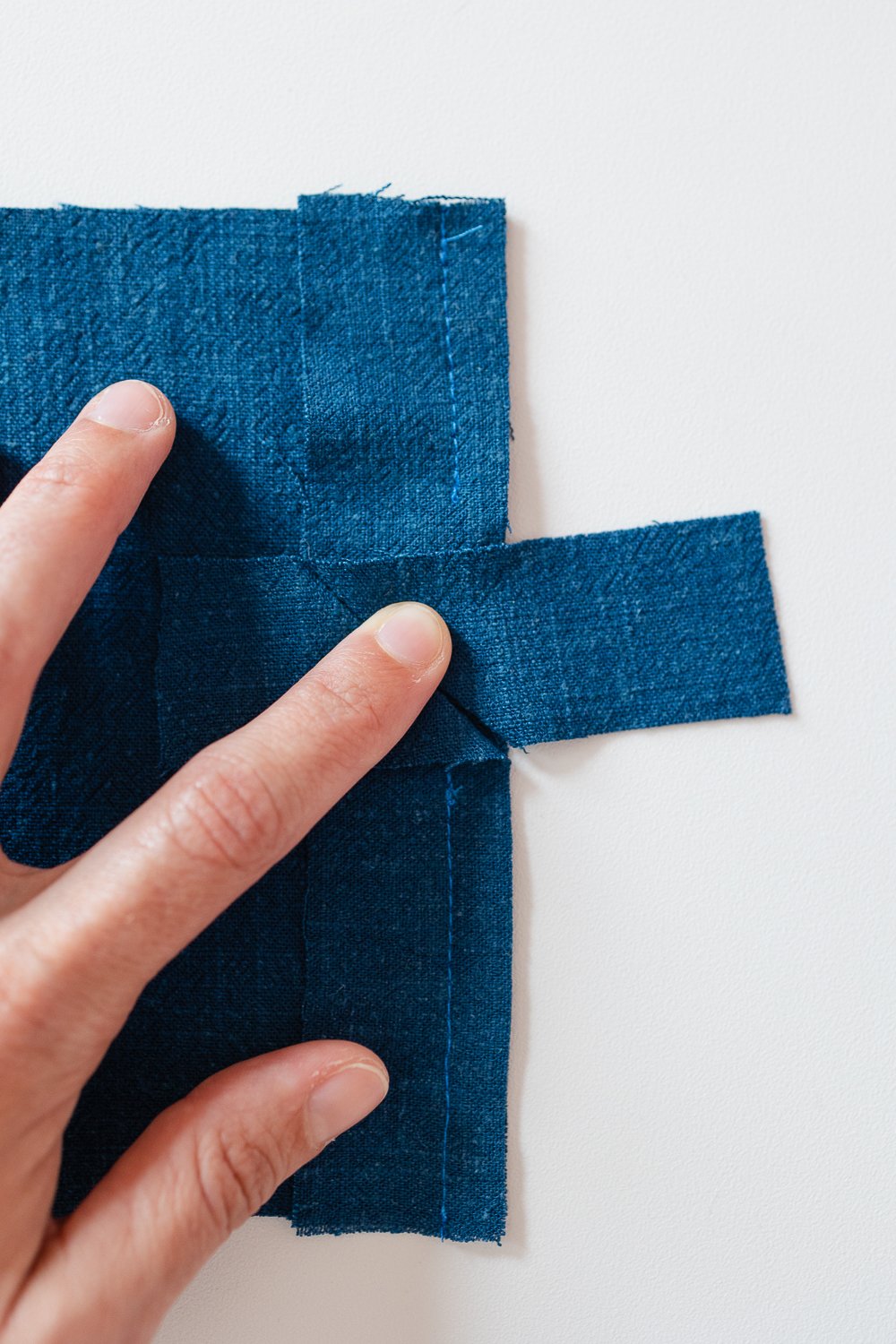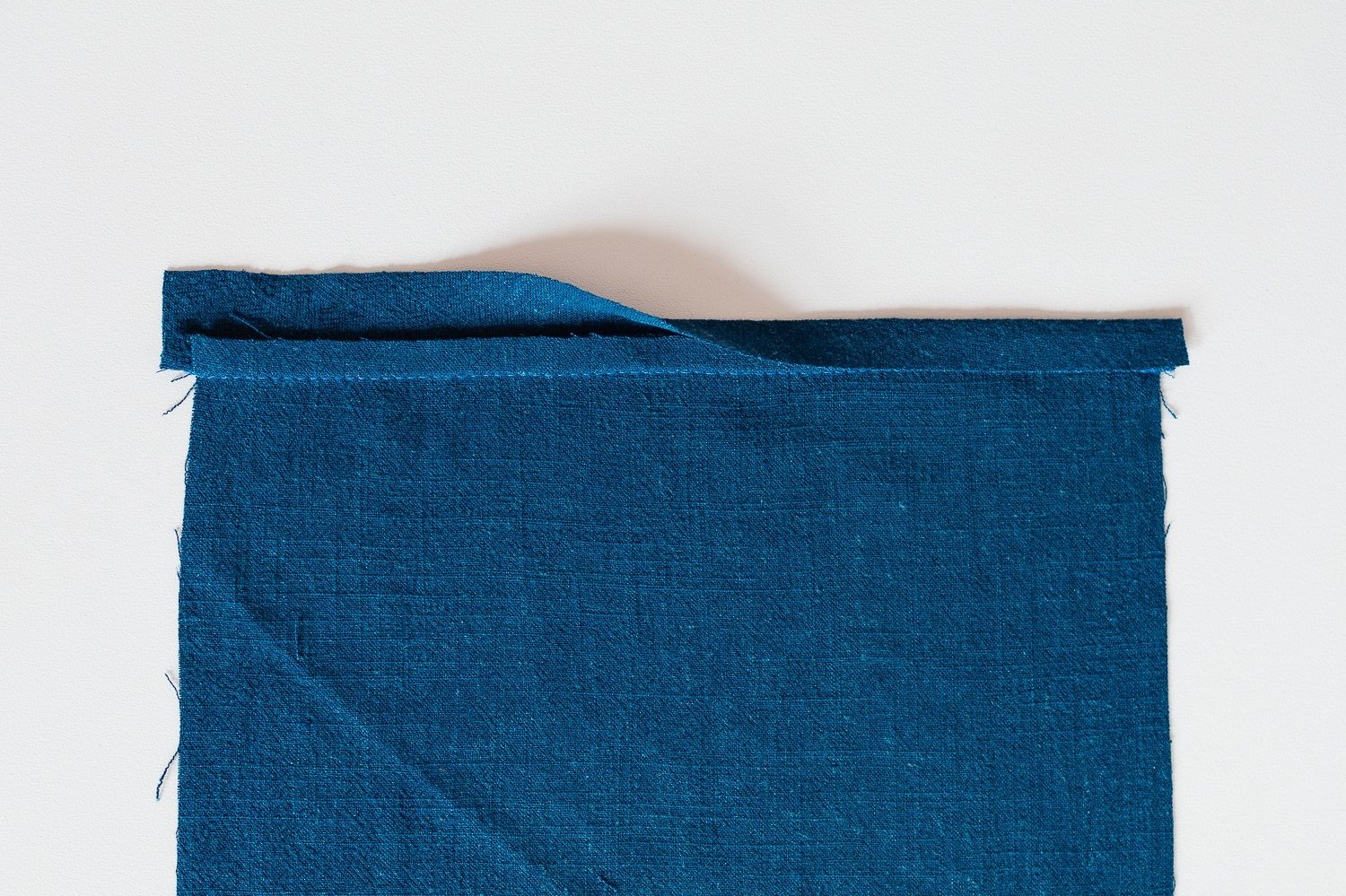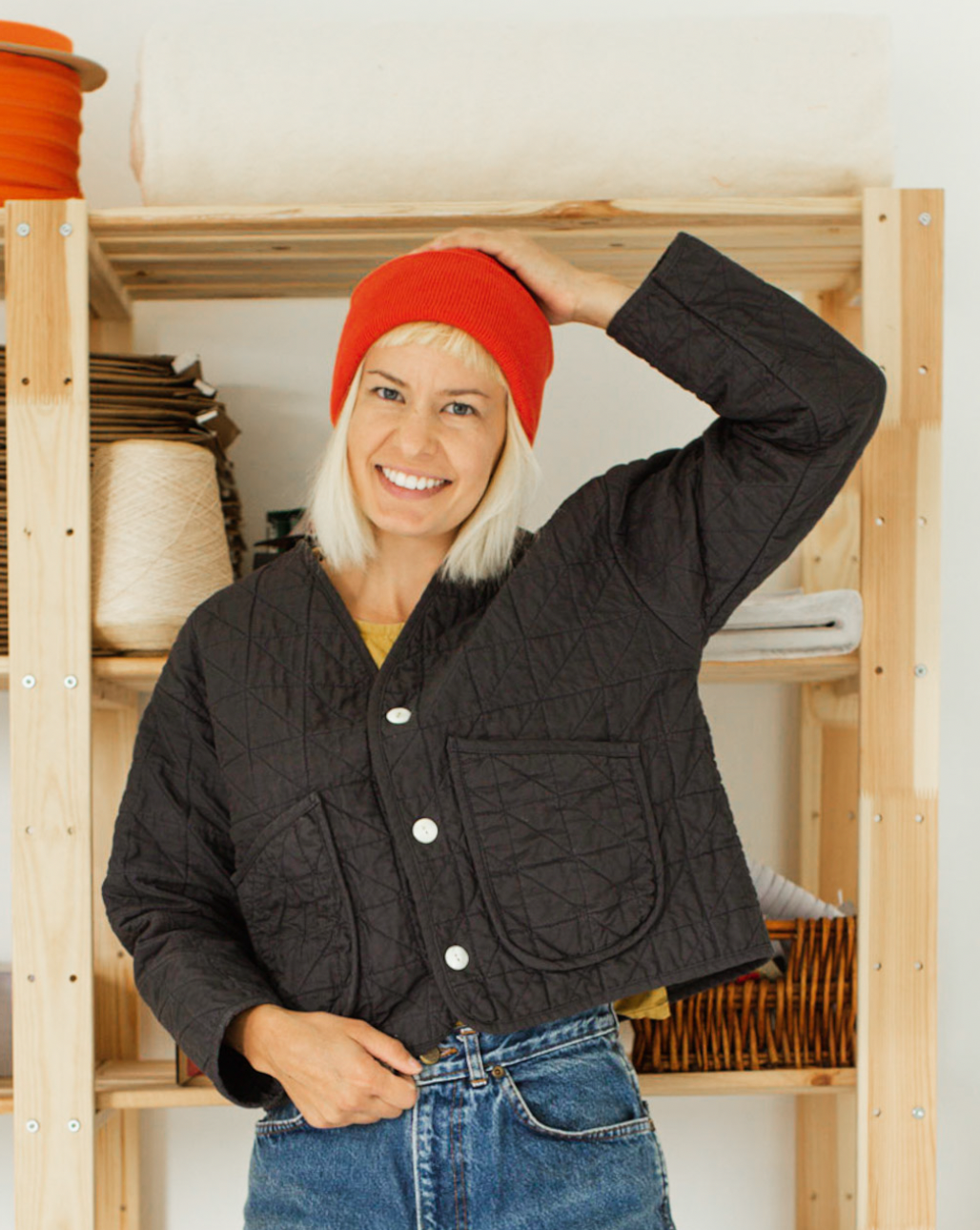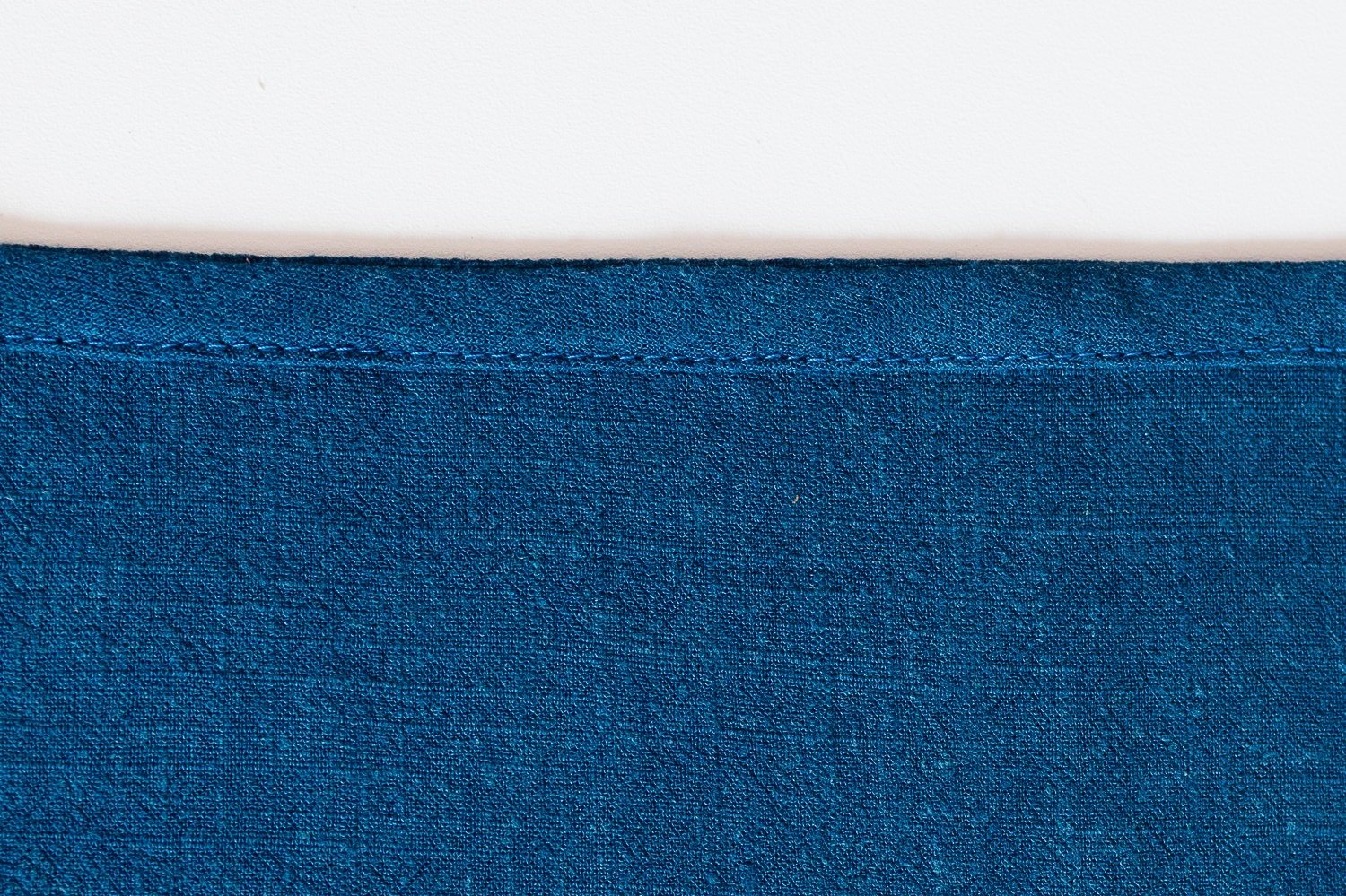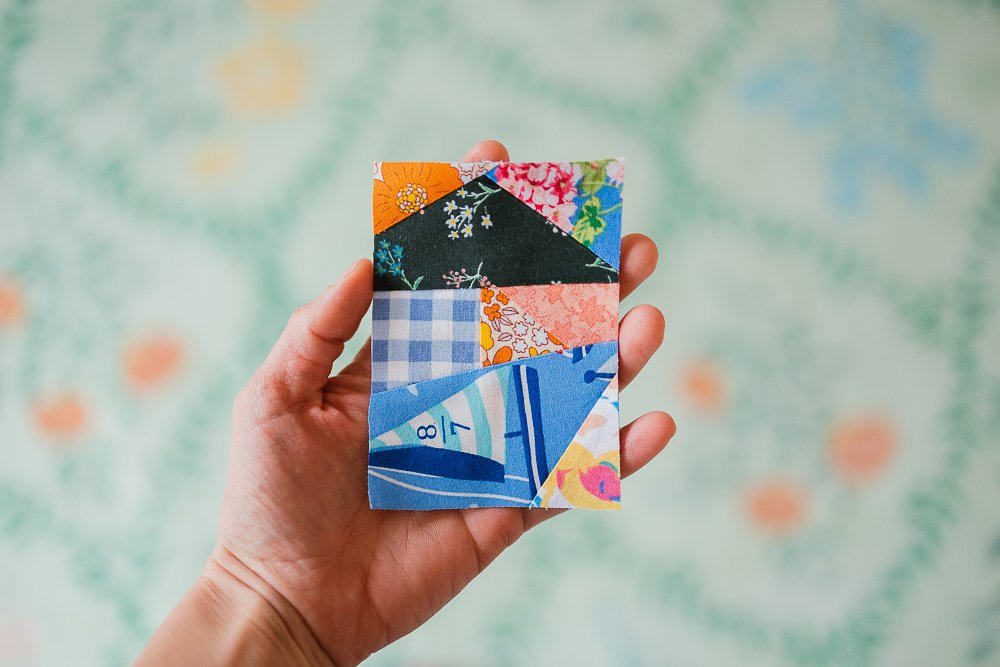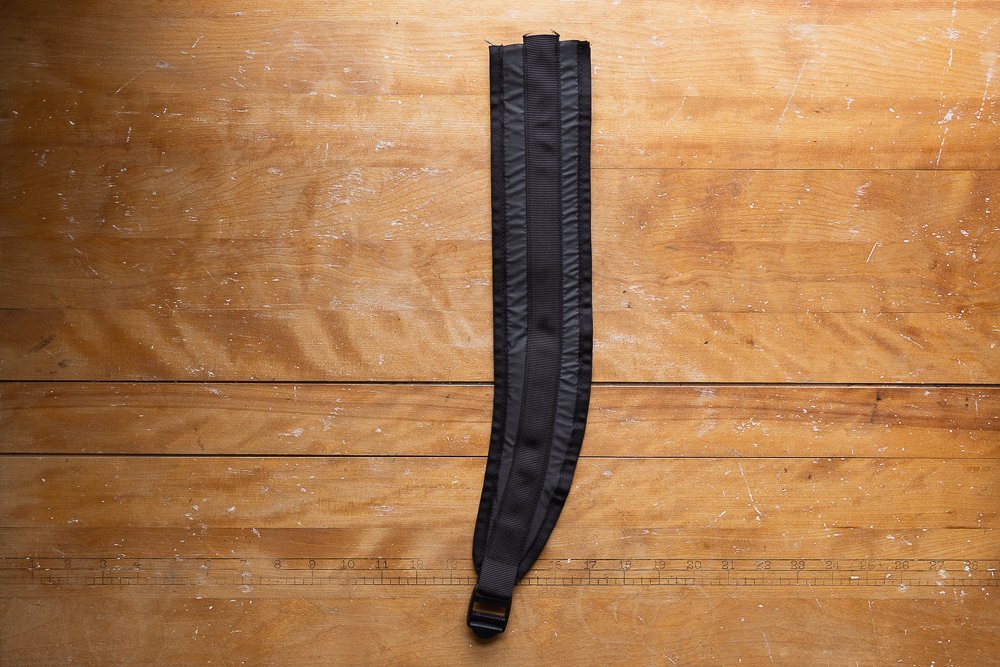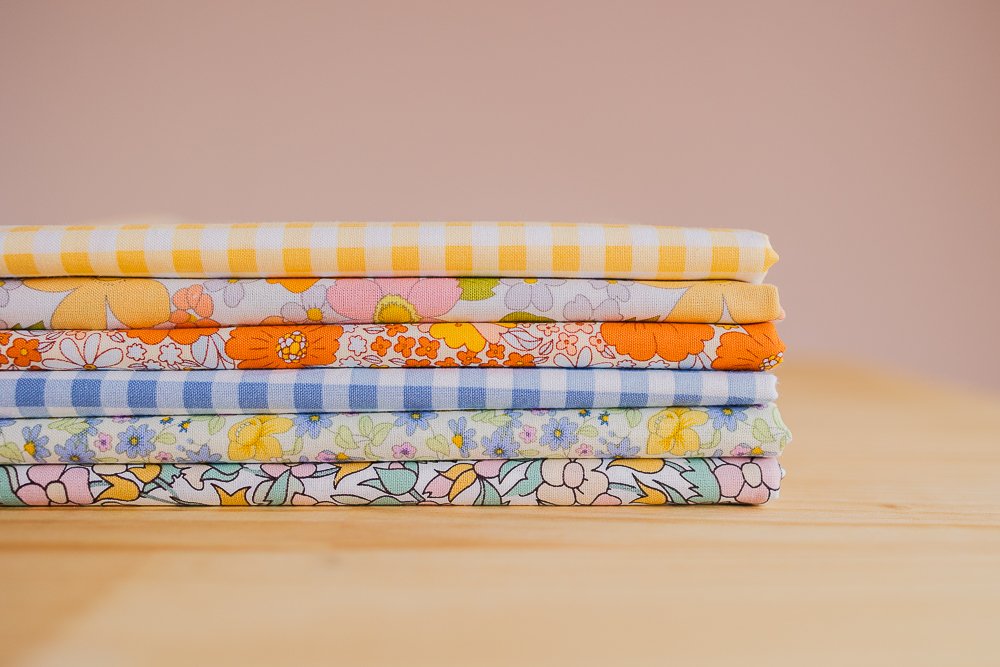Because I don’t have enough ruffle totes in my closet, and you probably don’t either, here’s another one. This time with lovely linen from Fabrics-Store.
I put together a full tutorial on their blog if you’d like to make your own!
Here are some other useful ruffle tutorials you might like:
Details
Fabric: Something similar to this from Fabrics-Store.
Photos: Tripod, flash, and self timer.
If you enjoyed this post, you may also enjoy…
Thoughts and photos on inheriting someone’s fabric stash.
Photos of puff sleeve floral dress.
Step by step tutorial with lots off photos.











